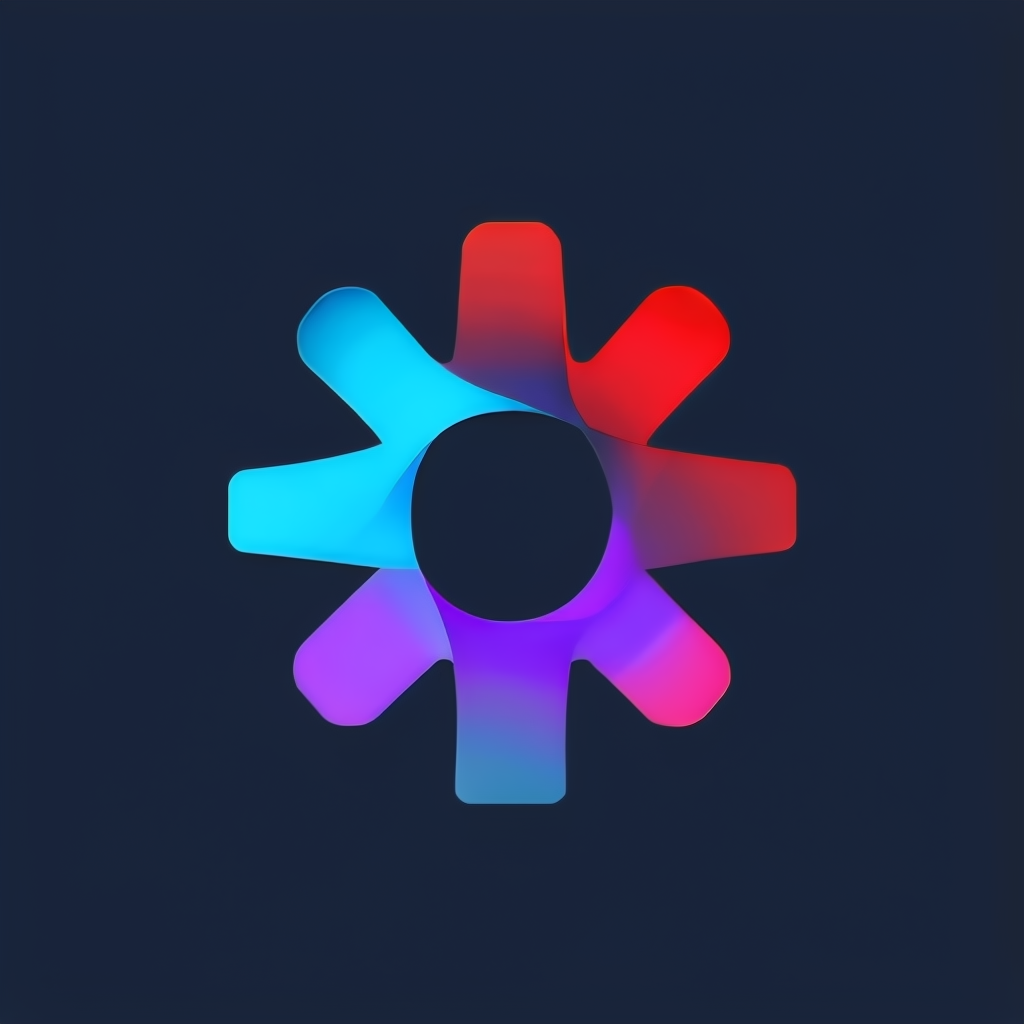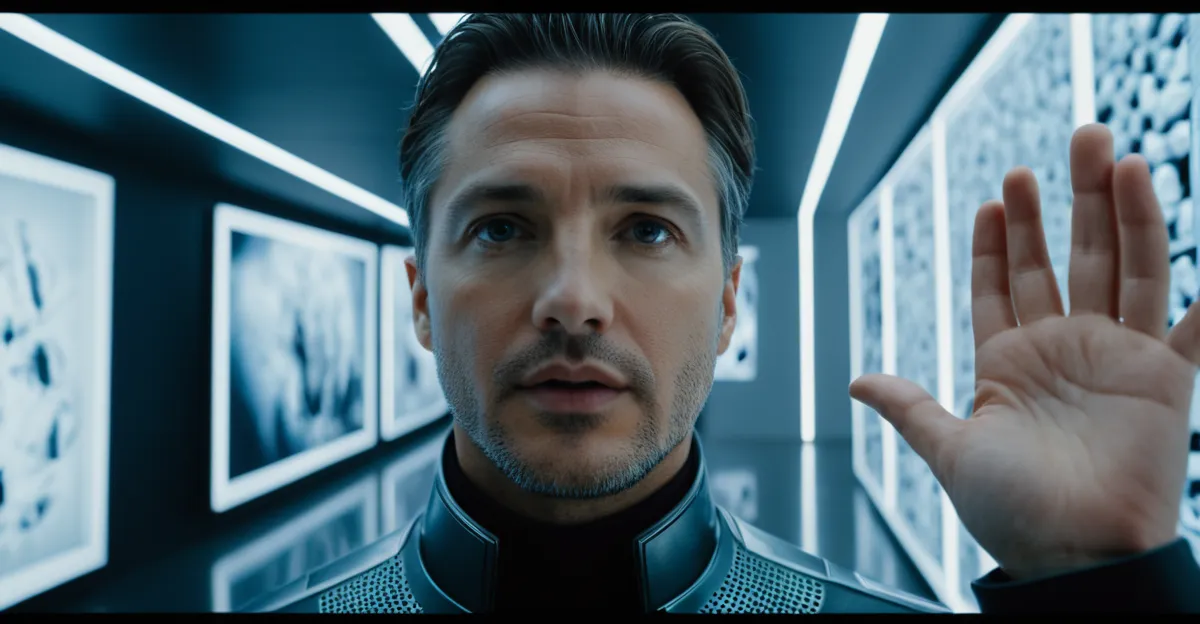Step into a space where artificial intelligence transforms imagination into vivid visual art. This AI image gallery offers a curated collection of unique, machine-generated images, inviting exploration and creative inspiration. Users can browse, download, and even generate new artwork, experiencing firsthand how AI redefines the boundaries of creativity and image creation.
Exploring AI Image Gallery Platforms: Key Features and Search Expectations
Immediately after opening an AI-powered digital art collection, users notice a highly organized system. Platforms commonly offer category filters, preview options, and keyword-driven search bars to help users browse AI image gallery efficiently and locate relevant AI-generated artwork. This structure supports fast sorting through thousands of neural network images or synthetic images, grouping them by themes, color palettes, or model types.
Also read : How is Technology Reshaping Marketing Strategies in the UK?
Functionality emphasizes intuitive user pathways. Users can explore imagery by entering prompts—text descriptions, reference photos, or even uploading 3D models. These galleries typically permit toggling between public and private settings, allowing some images to be showcased or restricted. Download options are part of streamlined access, while batch tools let users manage larger digital art collections with ease.
Expect accurate search results only when precise, relevant keywords are used. Spelling matters—a slight error, and a message signaling no matches appears. This design ensures users investing in AI artwork search or AI-based image databases gain accurate outcomes, reinforcing efficient AI image curation.
In parallel : Design unique mockups fast with this user-friendly tool
Many platforms supply educational resources. Users receive insights into the machine learning art models driving visual content, such as GANs, deep learning, or “Creative Mode” for output diversity. These explanations help users grasp how AI art discovery platforms push computational creativity and the boundaries of algorithmic design galleries forward.
Innovative Functions Powering the Modern AI Image Gallery
Machine learning art platforms now prioritize flexibility by accepting several input types. Users can launch image generation using text prompts, upload original images for style transfer, or transform 3D models into imaginative artworks. These features expand creative possibilities in both neural network images and art created by algorithms, broadening what digital art collections can contain.
Advanced customization settings bring further control. Privacy toggles allow individuals to decide whether generated works become part of the public AI-generated photo galleries or remain private. Batch processing lets artists create multiple neural network images or generative art models in a single step, simplifying workflows for deep learning art generation and large-scale image synthesis technology projects.
The integration of DreamUp, among other creative AI tools, empowers the user to experiment with fresh creative paths. When active, it applies distinctive algorithmic approaches, influencing how art created by algorithms is produced and displayed. Such features reflect a platform’s attention to the evolving needs of AI image classification for art, streamlining access to diverse styles and superior results via robust image generation APIs.
Legal and Licensing Considerations in AI Art Collections
Distinction between user-generated content and proprietary trademarks
Artwork automation platforms must distinguish user uploads from brand-owned assets. AI art licensing hinges on recognizing that trademarks and brand names referenced in synthetic images or AI-generated artwork remain the property of their rightful owners. Managing AI art copyrights in these digital art collection environments ensures proprietary elements are never improperly presented as user-generated content. Attention to art metadata for AI images helps platforms classify and track content, supporting compliance and helping define intellectual property boundaries.
Privacy controls for creators and intellectual property safeguards
Art metadata for AI images allows artists and users to set privacy preferences directly within AI-driven visual content repositories. Automated art galleries empower creators by making images private or public—protecting ownership and intent. Handling AI art copyright issues involves systematic implementation of privacy options, which, combined with robust metadata, shield original content from unwarranted use.
Addressing copyright and ethical issues in automated art galleries
Artwork automation and interactive AI art collections present complex challenges for managing AI art copyrights. Platforms must institute clear licensing protocols for AI art licensing and proactively address ethical considerations in AI art. Disclosure of proprietary trademarks, accurate metadata, and transparent licensing form the backbone for responsible curation in AI-generated photo galleries.
Impact and Future Trends in AI-Driven Art Galleries
AI art trends 2025 reflect rapid shifts in style and technique, powered by computational creativity and machine-made art trends. Platforms now support diverse AI artistic expression, enabling digital creative processes that produce output previously unimaginable. This is evident in galleries where AI art style diversification takes center stage, with formats ranging from neural network images to GAN art.
Emerging Styles, Thematic Exploration, and Market Disruption
AI-driven art galleries are expanding the boundaries of creative AI tools. Generative art models allow exploration of evolving themes, from abstract compositions to photorealistic AI portrait generation. These advancements disrupt traditional art markets as digital painting AI enables mass access and personalization, fueling interest in human-AI collaboration in art and new AI art presentation formats.
Ongoing Innovation and Community Engagement
Interactive features, such as image curation and AI-generated photo galleries, drive community involvement. Artists can experiment with algorithmic design and image synthesis technology. Ongoing progress in art innovation with AI introduces dynamic artistic mediums, while automated art galleries foster global digital creative processes.
Expanding Accessibility and Global Reach
Algorithmic design galleries and virtual art shows powered by AI broaden access. As machine-made art trends continue, global audiences experience art through digital means, creating unprecedented opportunities for diversity and inclusion. Human-AI collaboration in art ensures that creative boundaries remain fluid and accessible.






